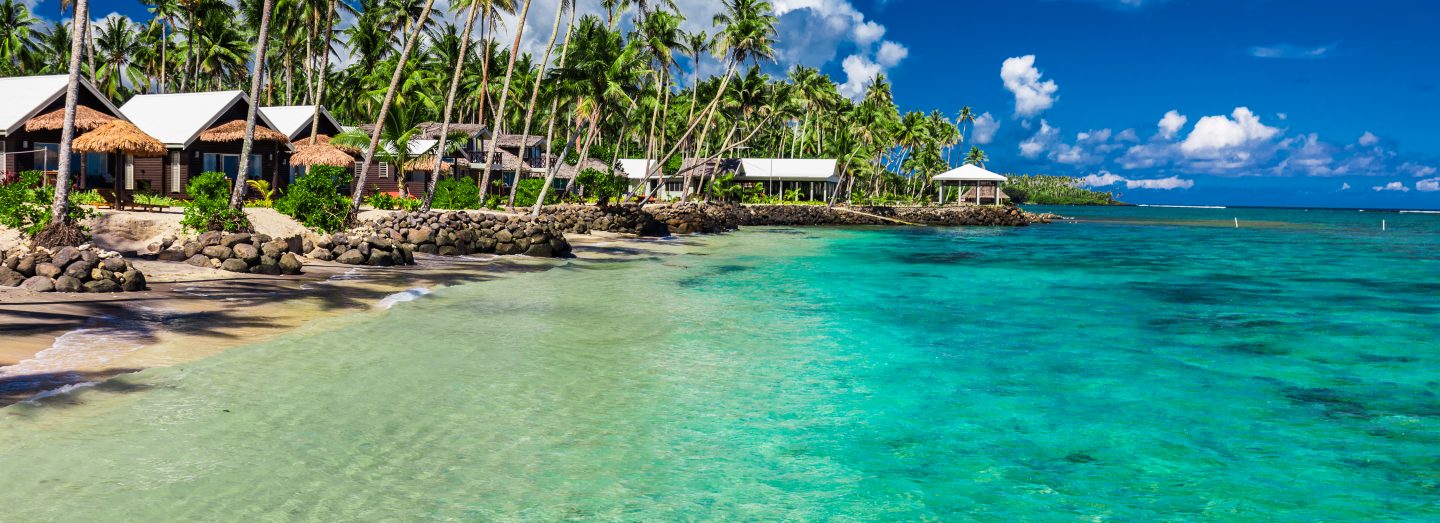And now for those GSD fins. Just one pair this time, the Samoa model named after Samoa (image above), officially the Independent State of Samoa and until 1997 known as Western Samoa, a Polynesian island country consisting of two main islands (Savai'i and Upolu), two smaller, inhabited islands (Manono and Apolima), and several smaller, uninhabited islands, including the Aleipata Islands (Nu'utele, Nu'ulua, Fanuatapu and Namua).
As for the fins themselves, here is a detail from a
1968 Mondo Sommerso issue:
Italian: "
6 Samoa: pinne modello blu galleggiante e modello nero da competizione, inclinazione e profilo della pala studiati in vasca idrodinamica."
Rough translation: "
6 Samoa: Blue floating model and black competition model fins. Blade angle and profile studied in hydrodynamic tank."
Here is a more detailed account of the fins published the same year and in the same source. Transcription and translation below of the first two paragraphs and the last:
Italian: "
G.S.D.: «UNA STAGIONE SENZA LIMITI». «Il mondo subacqueo è indubbiamente in grande espansione e i sub cercano sempre qualcosa di nuovo che noi, entro i limiti delle nostre forze, cerchiamo di dar loro». Gatti, Stradella e Daniele: G.S.D. della nuova casa di Recco proseguono: «Molti sono i programmi in corso diretti alla realizzazione di novità, di cui però non vogliamo anticipare nulla finché non ci siamo assi curati sulla loro perfetta validità. Abbiamo latto miracoli, perchè abbiamo soltanto un anno di contatti con i negozianti, ai quali siamo stati in grado di fornire una gamma che speriamo di completare entro un anno. Già nel corso di questo primo anno abbiamo esportato in molti Paesi. Le richieste sono state più elevate di quanto previsto; ora la stagione subacquea sembra non avere più limiti precisi; tanto per fare un esempio, gli speleosub l'hanno estesa anche all'inverno e richiedono particolari attrezzature. «Tra i nostri prodotti dobbiamo sottolineare il successo di pubblico ottenuto dalla linea Samoa che oltre alla maschera, già presentata, annovera anche la pinna molto semplice, liscia, a scarpetta, con un'angolazione accentuata: la scarpa ha una comoda bombatura sul collo del piede, la pala finisce diritta. Le calzate vanno dal 34-36 al 44-46 e saranno estese, l'anno venturo, fino al 26-28 e 46-48. Ricordiamo che le nostre maschere vengono consegnate con garanzia e con una pellicola protettiva sul vetro dopo che questo è stato trattato con speciale antiappannante». Sotto:
la maschera «Simbad» a V e la fiocina smontabile; in alto:
la pinna «Samoa» e una muta «Piel» in trixavyil."
Rough translation: "G.S.D.: "A SEASON WITHOUT LIMITS". “The underwater world is undoubtedly undergoing a great expansion and divers are always looking for something new that we, within the limits of our ability, try to give them”. Gatti, Stradella and Daniele, G.S.D. of the new company in Recco, continues: “There are many ongoing programmes aimed at creating new products, of which however we do not want to anticipate anything until we have ensured that they are perfectly valid. We have worked miracles, as we only have one year of contact with retailers, to whom we have been able to supply a range that we hope to complete within a year. During this first year, we have already sent exports to many countries. The requests were higher than expected; now the diving season no longer seems to have more precise limits; just to give one example, cave divers have also extended it to winter, requiring special equipment. "Among our products we must highlight the public success achieved by the Samoa line which as well as the mask already presented also includes the very simple, smooth, full-foot fin, with an accentuated angle: the shoe has a comfortable camber on the edge of the feet, the blade has a straight tip. The range of sizes from 34-36 to 44-46 will be extended next year to 26-28 and 46-48. We remind you that our masks are delivered with a warranty and with a protective film on the glass lens after the latter has received special anti-fog treatment”. Below:
the V-shaped “Simbad” mask and the detachable harpoon; above:
the «Samoa» fin and a “Piel” trixavyil suit."
Here is an ad for the GSD Samoa line from 1969:
Italian: "
Samoa, quanto basta per anticipare il futuro. Una gomma sempre nuova di qualità unica. Una linea dinamica che imprime maggiore velocità di qualunque altra pinna. Una panoramica a «lunga gittata» che nessun altra maschera ha. Ecco perchè sono iper la maschera e le pinne Samoa. L'ipermaschera è a «23 pollici» (vedi in mare come in un monitor). Le iperpinne hanno quello «spunto» in più (sono più dinamiche, più veloci, più resistenti). A Samoa non importa avere altro, ha già quanto basta per precorrere il futuro. SAMOA maschere: Sono caratterizzate da volume interno ridotto e visuale panoramica. Tempered glass e gomma morbidissima con sagoma anatomica del viso. Disponibili in 3 misure diverse. SAMOA pinne: Sona disponibili nei colori giallo e blu (tipo galleggiante), nero (non galleggiante), grigia (da competizione, non galleggiante)."
Rough translation: "
Samoa: sufficiently future-proof. An ever-new, unique-quality rubber. A dynamic line delivering greater speed than any other fin. A "long-range" panoramic view no other mask has. This is why Samoa mask and fins are hyper. The hypermask is "23-inch" (vision in sea as in a monitor). Hyperfins have that extra "kick" (they come with greater dynamics, speed, strength). No matter what else Samoa may have, it is already sufficiently future-proof. SAMOA masks: They feature low internal volume and a panoramic view. Tempered-glass lens and very soft rubber skirt with anatomical shape for face. Available in 3 different sizes. SAMOA fins: Colours available: yellow and blue (floating type), black (non-floating), grey (competition, non-floating)."
So the Samoa fins in the GSD Samoa snorkelling set came with enhanced dynamics, speed and strength and in a range of colours to indicate purpose (grey=competitive finswimming) or buoyancy (floating yellow or blue; non-floating black or grey).



